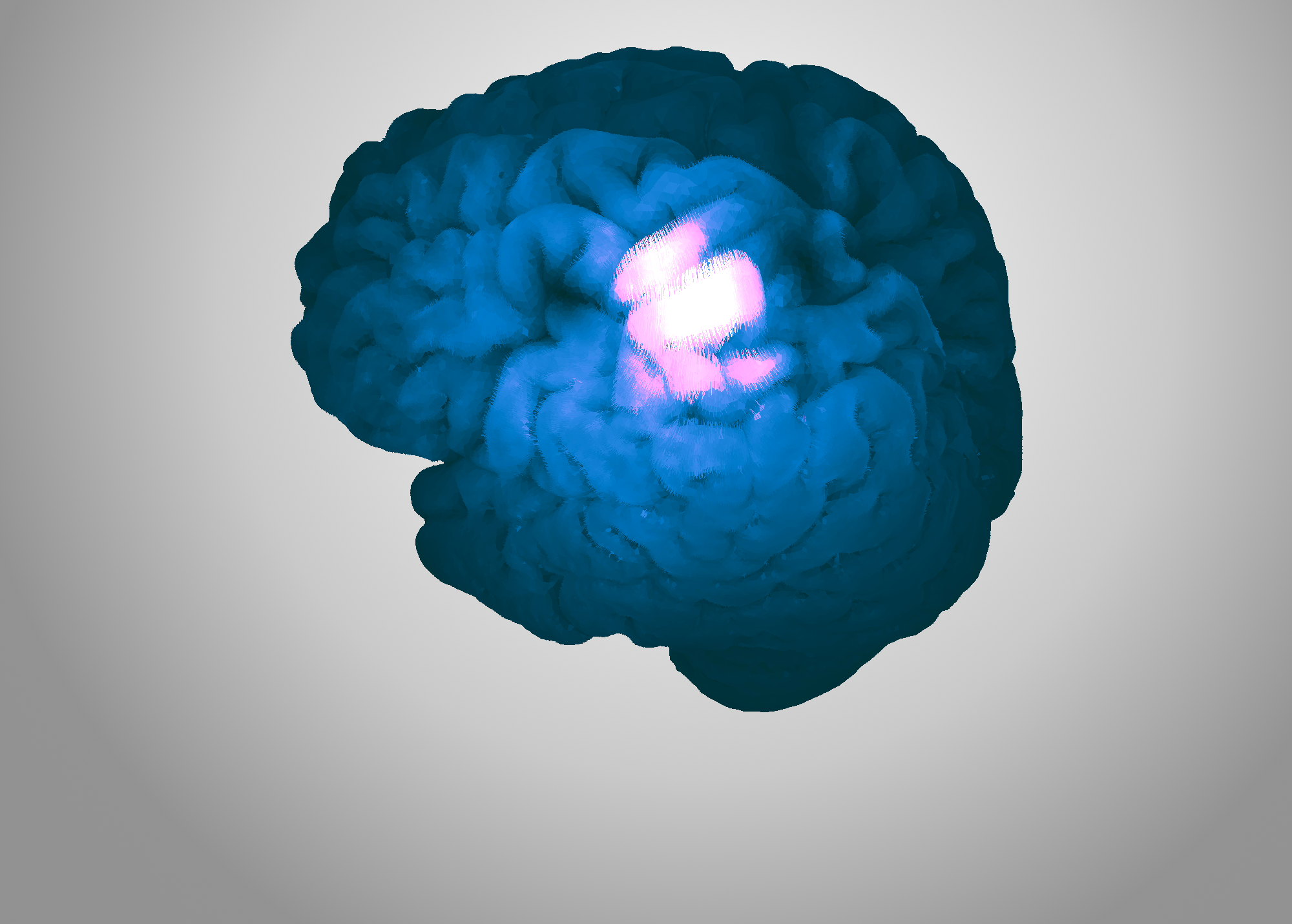
High-definition topographical mapping of the motor network of the human cortex
We explore how different parts of our brain communicate. Specifically, we're interested in understanding the inhibitory connections between the left and right sides of the brain that control movement. We investigate these connections with a paired-pulse TMS experiment. Our goal is to find the location at which the first stimulus most strongly inhibits the muscle-twitch elicited by the second stimulus. Together, the measured strengths of the muscle-twitches, and the electric field strengths on the cortex form an input-output-relationship. This tells us where the stimulated area was located in the brain. In our experiment, we investigate whether we can use TMS to differentiate the neurons directly controlling motor action (cortico-spinal projections) from the neurons that indirectly control motor action (inhibitory transcallosal projections).
Methods:
Electromyography
Transcranial magnetic stimulation
Neuronavigation
E-field simulation
Literature:
Weise, Konstantin, et al. "Precise motor mapping with transcranial magnetic stimulation." Nature protocols 18.2 (2023): 293-318.
Project contributors: David Vetter with Andreas Jooß, Gábor Kozák
Funding: European Research Council (ERC) under the European Union’s Horizon 2020 research and innovation programme (ConnectToBrain, ERC synergy grant agreement No. 810377)

